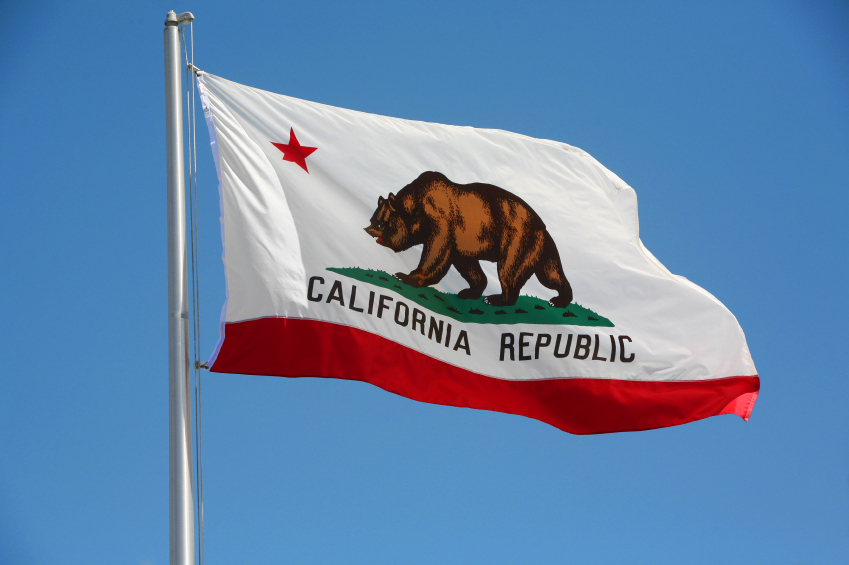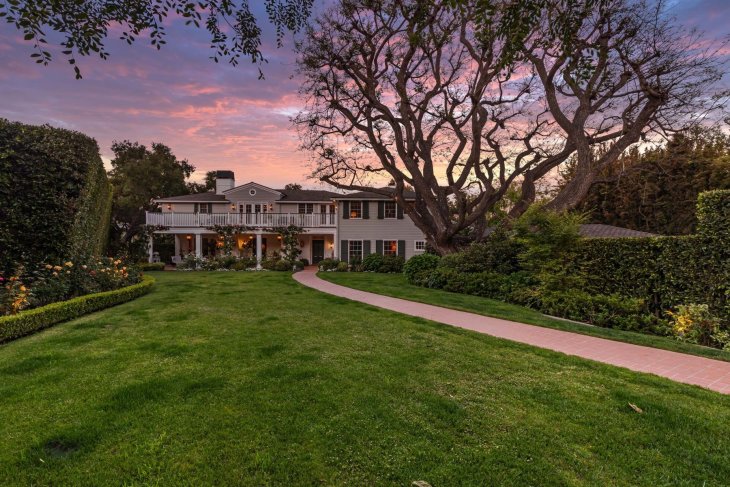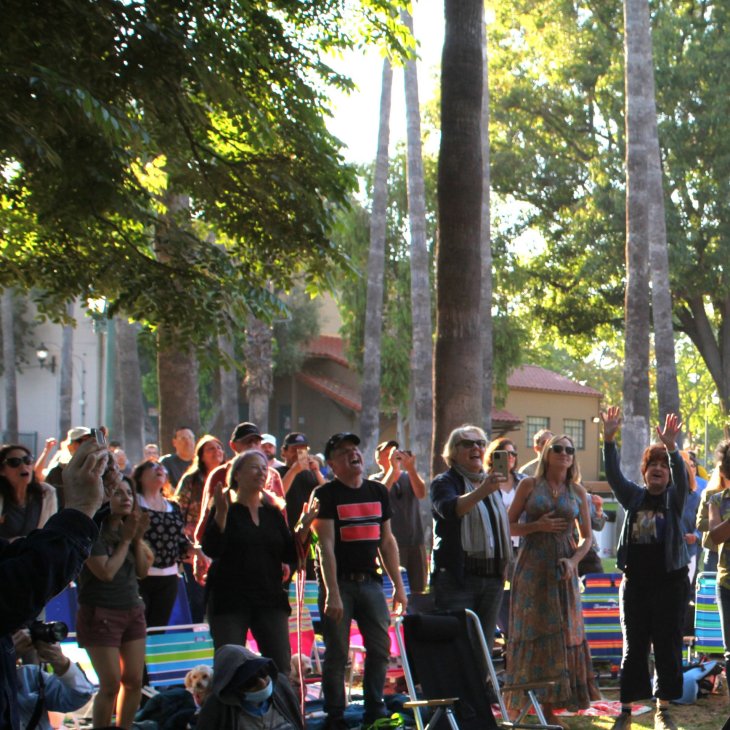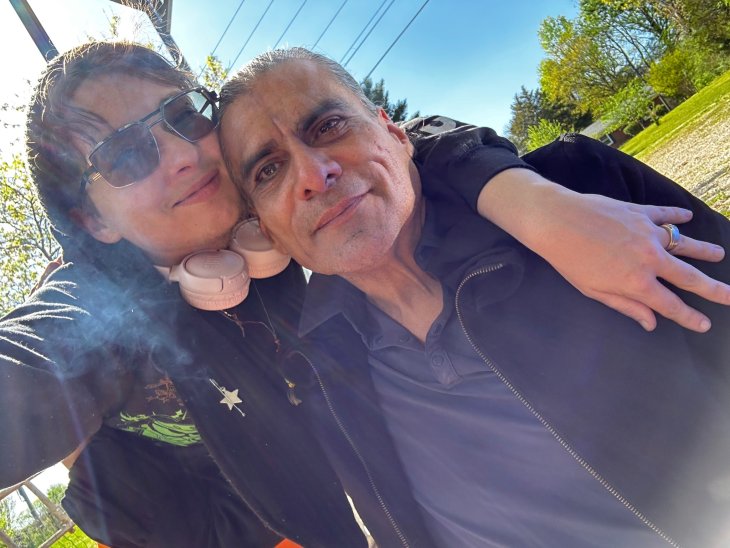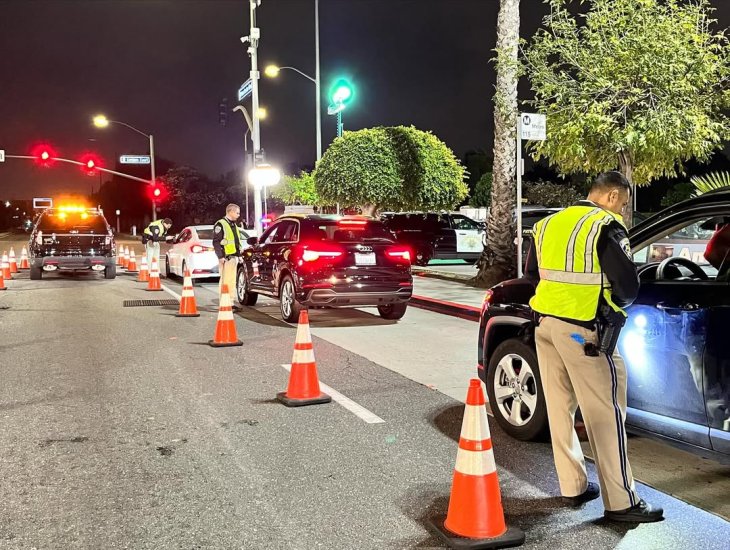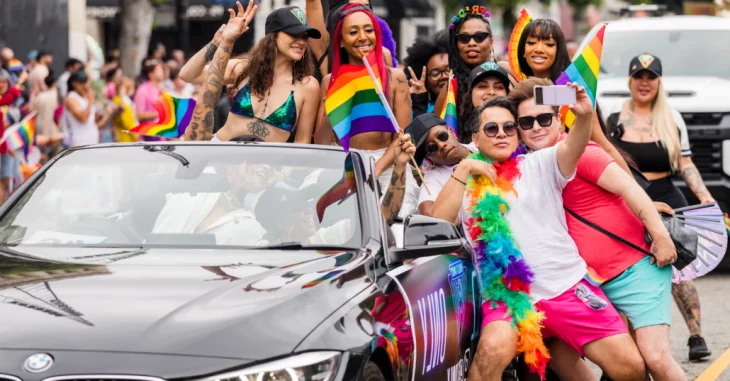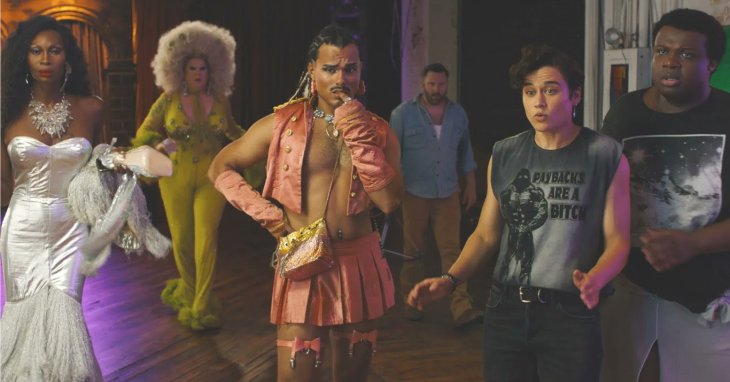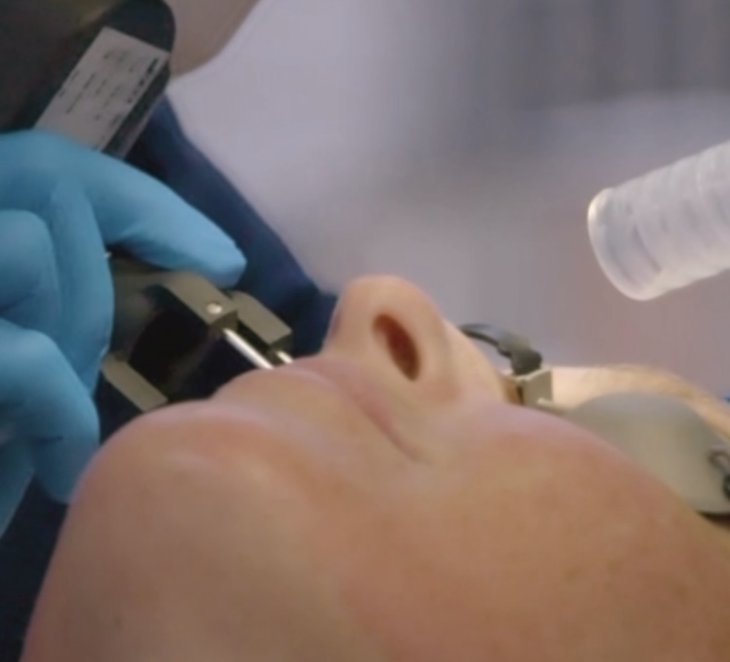BY MATTHEW BAJKO | With relative frequency in recent years, news outlets have touted how more conservative areas of the U.S. are becoming home to growing populations of LGBT residents.
Whether it be the yearly list of the “gayest cities” compiled by LGBT magazine the Advocate, which often includes head-scratching locations most people couldn’t pinpoint on a map, to stories about San Francisco’s Castro district losing its LGBT residents, the impression given is that California and other liberal coastal states are no longer attracting as many LGBT people as they once did.
The latest round of headlines cropped up earlier this month after the website ConsumerAffairs.com released a map it said showed “LGBT people are moving to traditionally red states.” The website Daily Beast mirrored many news outlets with its coverage that posited, “LGBT people are leaving urban, coastal hubs for conservative cities.”
Ryan Daly, a content manager with ConsumerAffairs, said the trend of where LGBT people are choosing to live mirrors that of millennials, which the map also tracked.
“People are leaving big expensive cities in search of mid-tier cities because it costs a little less to live there, the commute is a little shorter, and there are plenty of jobs,” said Daly. “A lot of those cities happen to be in red states.”
Yet the demographic data for LGBT people the map relies on tells a much different story, said Gary Gates, Ph.D., one of the most prominent researchers of the country’s LGBT community who recently retired from the Williams Institute, the LGBT think tank based at UCLA.
“I don’t think it has anything to do with mobility,” said Gates, who now lives in Seattle. “It has to do with visibility.”
What the data is showing, said Gates, isn’t LGBT people moving to cities in more conservative states but that LGBT residents in so-called “red states” are more comfortable being out of the closet in both their day-to-day lives and when answering survey questions.
“People often read it as the only way to get changes in LGBT populations is to get people to move there. That just isn’t true,” said Gates. “Much bigger changes come from more LGBT people willing to identify as lesbian, gay, bisexual, or transgender. LGBT people don’t move at rates any different than the rest of the population.”
In terms of the LGB population in California – data on transgender residents continues to be lacking – the most recent data shows it has increased. Gates pointed to the results of the California Health Interview Survey, which showed a near doubling in the percentage of adults who identified as LGB in 2003 versus 2014.
“California hasn’t lost LGBT people. The percentage of LGBT people has gone up over time,” said Gates.
It was 2.7 percent in 2003 and 4.5 percent in 2014. In actual numbers, the population of LGB Californians went from 631,000 13 years ago to 1,140,000 in 2014.
“The California health survey has been asking about sexual orientation since 2002. It definitely has been going up over time,” said Gates.
Residents of various California cities say they haven’t noticed any decrease in the overall LGBT population. But they have noticed where LGBT people are living in those cities has been changing.
Matthew Craffey, who grew up in the Los Angeles region and is president of the city’s Log Cabin California chapter, said that since he came out 17 years ago he has seen the city become more accepting of LGBT people.
“When I came out in 1999, LA didn’t necessarily feel like a welcoming environment to those of us who were gay. I was still taught not to hold hands with a boyfriend in public or risk being a target of violence, and outside of WeHo it was hard to meet or get to know any other members of the LGBT community,” wrote Craffey in an email, referring to the gay enclave of West Hollywood. “Fast forward to 2016, and I feel it’s completely different. Most of my neighbors are gay, my co-workers, and much of the leadership at work is openly gay, and I seem to meet other gay people wherever I go.”
He added that he increasingly meets LGBT individuals and couples moving to Los Angeles “from other parts of the country to start a business, or buy a home since it’s relatively affordable compared to other cities such as SF or NYC, and that has likely been part of the shift as well.”
Six years ago Luke Klipp left San Francisco for Los Angeles to live with his now husband, and over the ensuing years, he said a good portion of the city has become very LGBT friendly.
“Wherever we go, we see other guys and gals holding hands out on the town, in a restaurant who are clearly LGBT,” said Klipp.
He has also met other new arrivals not only from the Bay Area but also Kentucky, Pennsylvania, Illinois, and Washington state.
“I wouldn’t say it draws people by virtue of being an LGBT destination,” he said. “It is the entertainment capital for TV and movies, so it draws a lot of pole interested in entertainment, a number of whom happen to be LGBT.”
In San Francisco longtime queer housing activist Tommi Avicolli Mecca said, “I think from my experience the Castro has fewer queer folks these days. That is based on my experience living there, being in the neighborhood, and seeing who is walking around. But I don’t know that there are fewer queers in the city overall.”
Gay Sacramento City Councilman Steve Hansen, whose city just approved funding for its first LGBT senior housing project, said that the state’s capital draws LGBT people from across the country. He has met people who relocated there from Washington, D.C., Nevada, and Denver, as well as the Bay Area.
“California’s openness to LGBT people is exemplified in the diverse and integrated community we have in Sacramento,” wrote Hansen in an email. “There’s no doubt in my mind that many LGBT people and families are coming here for the inclusive culture and opportunities to enjoy a high quality of life.”
Sacramento LGBT Community Center Executive Director Donald L. Bentz, who has lived in the city’s Midtown for 18 months, said “from the first day, it felt overwhelming LGBT, but in a co-existence context. There’s a good mix of orientations, identities and ethnic minorities all living, shopping and working in relatively peaceful harmony.”
He agreed with Gates’ contention that as more people embrace their sexual or gender identity, they are more likely to self-report in a survey.
“In some of the regions reporting a population gain, was it really that LGBT people are moving there or were always there and are just now comfortable identifying as LGBT in a survey?” asked Bentz.
ConsumerAffairs map questioned
Just looking at the ConsumerAffairs.com map, which can be viewed at http://www.consumeraffairs.com/movers/#moving-trends-lgbt, it appears to indicate that the LGBT populations of two California cities dipped slightly and in two other urban centers, it increased.
The map says that the LGBT population in San Francisco was at 6.5 percent in 1990. In 2014 it was 6.2 percent. The data for San Diego’s LGBT population was at 3.11 percent in 1990 and 3.9 percent two years ago.
Sacramento’s LGBT population was at 3.21 percent in 1990 and was 3.9 percent in 2014, the map shows. In Los Angeles, the LGBT population increased from 2.97 percent in 1990 to 4.6 percent of the population in 2014, states the map.
According to ConsumerAffairs, it analyzed data from the U.S. Census Bureau and Gallup data to create an interactive map displaying migration patterns for important demographic groups.
“What this data really shows is not so much growth in population that we are measuring. It is more the rate of growth,” said Daly. “So San Francisco being flat, yes it is good. You are clearly maintaining the rate of growth; I would be really surprised if that changed. But it is flat, it is not growing.”
Gates, however, accused the website of plagiarizing a study he released last year. And he said that the ConsumerAffairs.com map should not be read as changes in a city’s LGBT population because the data sources measured two different things. The 1990 census data refers to same-sex couples in a given city, whereas the 2014 Gallup data measured the number of people who identify as LGBT.
“The bottom line is that the consumeraffairs.com map is useless,” Gates explained in an email. “It presents the data incorrectly and implies that these incorrect data tell us something about LGBT mobility, which they most certainly do not.”
Daly acknowledged that the map is based on the same publicly available data sets, “the only two that really exist that give us much insight into this population,” as Gates had used in his paper.
“We compared these two disparate sets of numbers using the same common method of analysis and came up with similar results, which is not uncommon. So, what I’m saying is we came by it honestly and are sorry he feels that way,” he wrote in an emailed reply.
He added that “it’s fair” for Gates or anyone else to disagree with their conclusions about the data.
“But I would say this: his assertions make the same point we are, that the U.S., as a whole, including traditionally red states, are becoming more accepting toward LGBT individuals, making it less important for them to settle in traditionally LGBT-friendly areas,” wrote Daly.
During a phone interview about the map, Daly said there is no way to discern where LGBT people are moving from and moving to.
“That is just not information either of those polls provided,” he said. “I think what we have, kind of, it is conjecture of course for the most part. It kind of seems to follow the national trend of younger people and professionals moving away from cities where the cost of living is prohibitive.”
The only way to know that information is for more federal surveys to ask participants if they are LGBT. Efforts to add such a question to the 2020 U.S. Census, however, were unsuccessful.
There is a federal inter-agency task force looking at how to improve measurement of sexual orientation and gender identity on federal surveys, said Gates, noting that the census bureau “is playing an active role in that.”
“I wouldn’t prioritize the decennial census. Another annual survey they do is the American Community Survey. That is the survey we would want to push harder to get LGBT questions on it,” said Gates.
He added that some progress has already been seen, such as a question about sexual orientation being added in 2014 to the National Health Interview Survey. There is now a push to see gender identity be added.
And Gates said it is “looking very optimistic” that questions about sexual orientation and gender identity will be added this year or next to the National Crime and Victimization Survey conducted by the Bureau of Justice Statistics.
“Once you get on a couple of these federal surveys, it makes it a little easier to push with other agencies,” he said.
Matthew S. Bajko is an assistant editor at the Bay Area Reporter in San Francisco.

